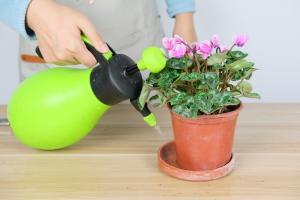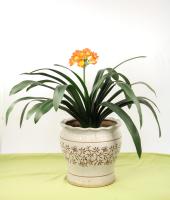1、 Curing method
1. Temperature: it has strong adaptability, but its growth will be relatively vigorous in warm places. Generally speaking, it is about 15 to 28 degrees. However, both its cold resistance and heat resistance are relatively good, so it generally does not need special adjustment

2. Light: Portulaca oleracea has low demand for sunshine. Under the condition of weak light, it can grow better. In addition, under strong light, it will not be harmed generally, because its ability to withstand strong light is also relatively strong. It can be placed in a semi shady place

3. Watering: similarly, Portulaca oleracea has strong adaptability to water, because it is a kind of plant that is both very drought resistant and very waterlogging resistant. Generally speaking, as long as it is not watered for a long time, there will be no harm and the soil can be kept in a semi wet state

4. Fertilization: Portulaca does not need much fertilizer. As long as the soil with good quality and more nutrients is selected, there is basically no need to apply fertilizer later

2、 Breeding skills
1. Reproduction: a common method is sowing. Choose good seeds, and then choose the sowing place. Because its seeds are relatively small, they can be mixed into fine sand first, and then sprinkled evenly in the ditch. After spreading, cover them with a small part of soil. After sowing, keep the temperature appropriate, so that you can sprout after two to four days

2. Pruning: the growth of purslane is very vigorous. Sometimes the leaves will appear messy, which can be repaired slightly, but the degree is not too great. More importantly, for Portulaca oleracea planted in a large area, once the disease is found, it is best to deal with the disease plant in time, otherwise it is easy to expand the damage area

3、 Diagnosis and treatment problems
1. Diseases: Generally speaking, there are not too many diseases of purslane. There are relatively many diseases in summer, and there may be "anthrax" and so on. The diseased plant can be cut off directly, and it is best to use some medicine

2. Pests: there are not too many pests. After they appear, you can spray some chemicals against these pests in time, which has a better effect

4、 Other issues
1. Toxicity: it has no toxicity, so it will not be harmful

2. Whether it can be raised at home: Generally speaking, it will not, because it is not an ornamental plant


 jackfruit
jackfruit snake plant
snake plant hibiscus
hibiscus hydrangea
hydrangea lavender
lavender Green roses climb al...
Green roses climb al... If you don't pay att...
If you don't pay att... Management of four g...
Management of four g...

































